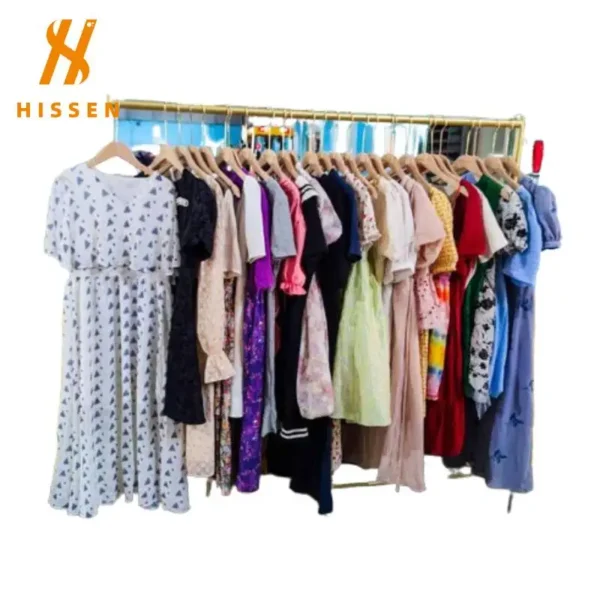In the second hand shoes wholesale industry, the level of inventory management directly determines the profitability and market competitiveness of the enterprise. Unlike standardized new products, each pair of pre-owned shoes has a unique state of color and traces of use, which makes inventory management face many special challenges. Establishing an efficient inventory turnover mechanism can not only reduce the cost of capital occupation, but also maximize the utilization of storage space, and ultimately achieve a virtuous cycle of business.
I. Unique challenges of second hand shoes inventory management
The goods are highly differentiated: the degree of wear and preservation of each pair of buy used shoes is different, making it difficult to adopt standardized management methods. Studies have shown that the turnover rate of second-hand goods without an effective classification system is more than 30% lower than that of new products.
Market demand fluctuates greatly: the consumer group of buy second hand shoes is more sensitive to changes in trends and is significantly affected by the economic environment. Some retro styles may suddenly become popular, while the demand for basic styles is relatively stable.
Complex value assessment: The pricing of 2nd hand shoes needs to take into account multiple factors such as brand premium, color grade, market scarcity, etc., and traditional inventory management systems often find it difficult to accurately capture these dimensions.
II. Build a scientific inventory management system
1. Refined classification and storage plan
Four-dimensional classification method: Systematically divide by color grade (A: nearly new/B: lightly used/C: obviously used), brand, shoe type, and size in the second hand shoes wholesale inventory.
Special storage needs: Use dust-proof and moisture-proof transparent storage boxes, and set up independent storage areas for high-value limited editions
Visual management: Equip each pair of pre-owned shoes with a color-coded label containing complete information
2. Intelligent system application
Customized WMS system: Develop a management system that meets the characteristics of second-hand shoes wholesale business and monitor the circulation status of each item in real time.
Automated data collection: Use RFID tag technology to control the error rate of inventory records below 0.5%.
Intelligent early warning mechanism: The system automatically monitors the health of inventory and issues graded early warnings for slow-moving and expiring goods.

III. Dynamic operation strategy optimization
1. Flexible pricing mechanism
Establish an algorithmic pricing model to automatically adjust prices based on parameters such as storage time and market demand
Set a “time gradient discount” to increase the discount by 5% per month for buy second hand shoes with inventory exceeding 3 months
2. Precision marketing strategy for second hand shoes wholesale
Seasonal promotion: focus on clearing sandal inventory before summer and promote boots before winter.
Combination sales: sell slow-selling items with hot-selling items to improve overall turnover.
Membership privileges: provide pre-sale rights and exclusive discounts to core customers and establish stable sales channels.
IV. Supply chain collaborative innovation
Supplier network construction: establish long-term cooperation with high-quality recycling channels, implement a “small batch and high frequency” replenishment strategy, and reduce the risk of slow-selling by 30%.
Inventory sharing platform: establish a regional inventory alliance with peers to achieve cross-warehouse allocation of 2nd hand shoes, which not only reduces logistics costs but also improves customer satisfaction.
KPI assessment system: In addition to the overall turnover rate, it is also necessary to subdivide it into categories, brands and even quality grades to form a comprehensive inventory health assessment mechanism in the second hand shoes wholesale business.
V. Conclusion: Building an Agile Inventory Management System
In the second hand shoes wholesale industry, the essence of inventory management is “flow creates value”. Excellent companies often have three core capabilities: refined classification standards, data-driven decision-making systems, and fast-response operating mechanisms. Especially in the current market environment of intensified competition, second-hand shoe wholesalers need to transform inventory management from a cost center to a profit center. Remember, in this industry, there are no unsaleable pre-owned shoes, only inappropriate prices and management methods. By continuously optimizing inventory turnover efficiency, companies can completely win lasting advantages in the blue ocean market of second hand shoes wholesale.
For a more comprehensive guide to second-hand shoes, you can read this article ‘Second Hand Shoes Wholesale: A Practical Guide from Product Selection to Marketing‘.



